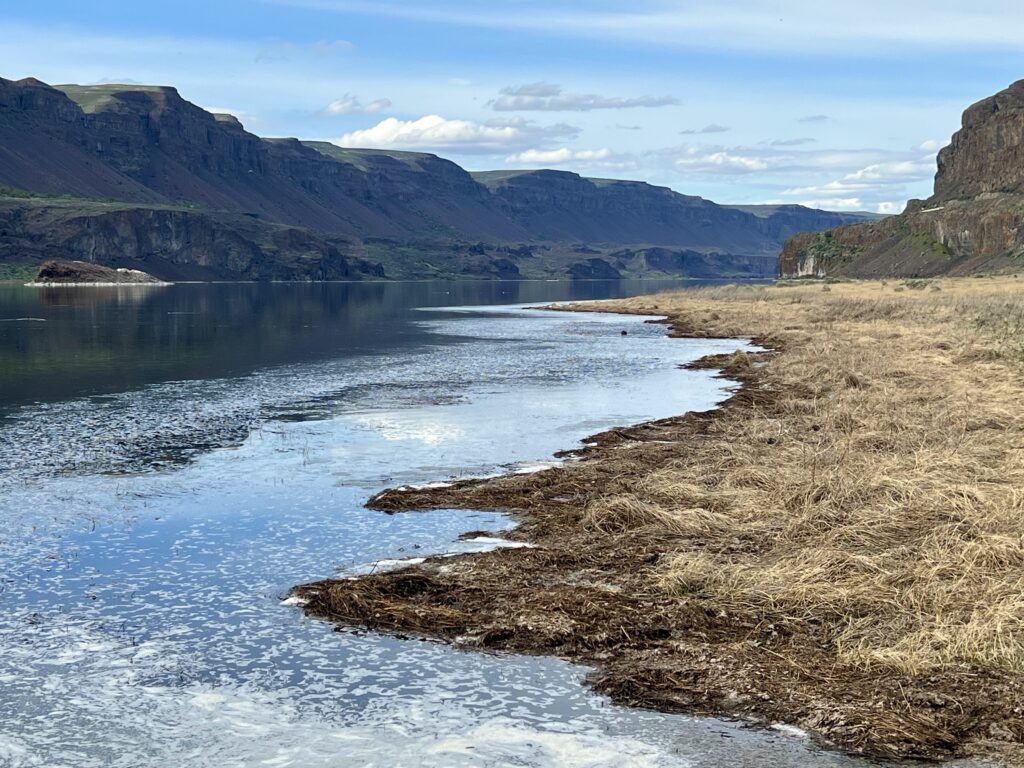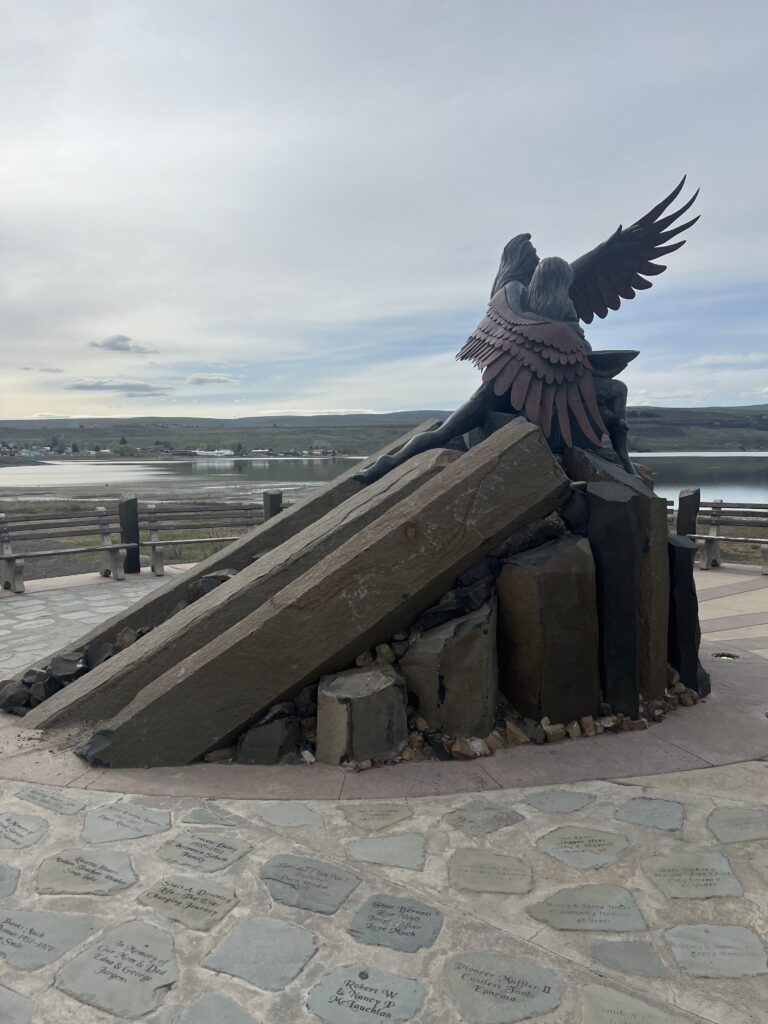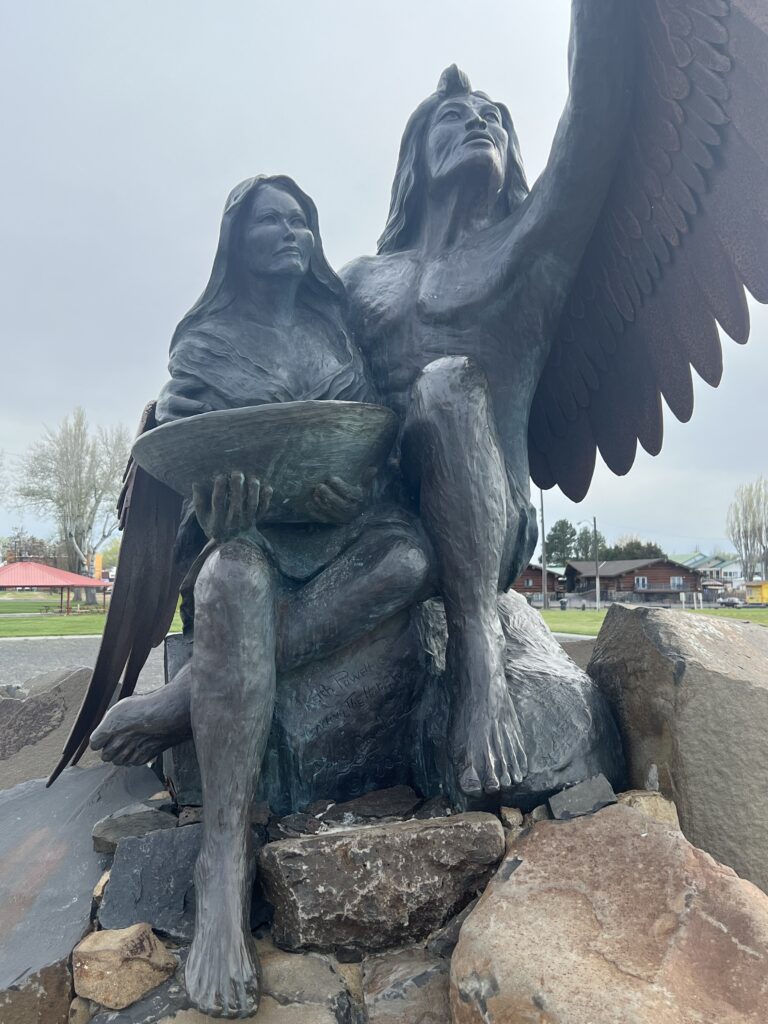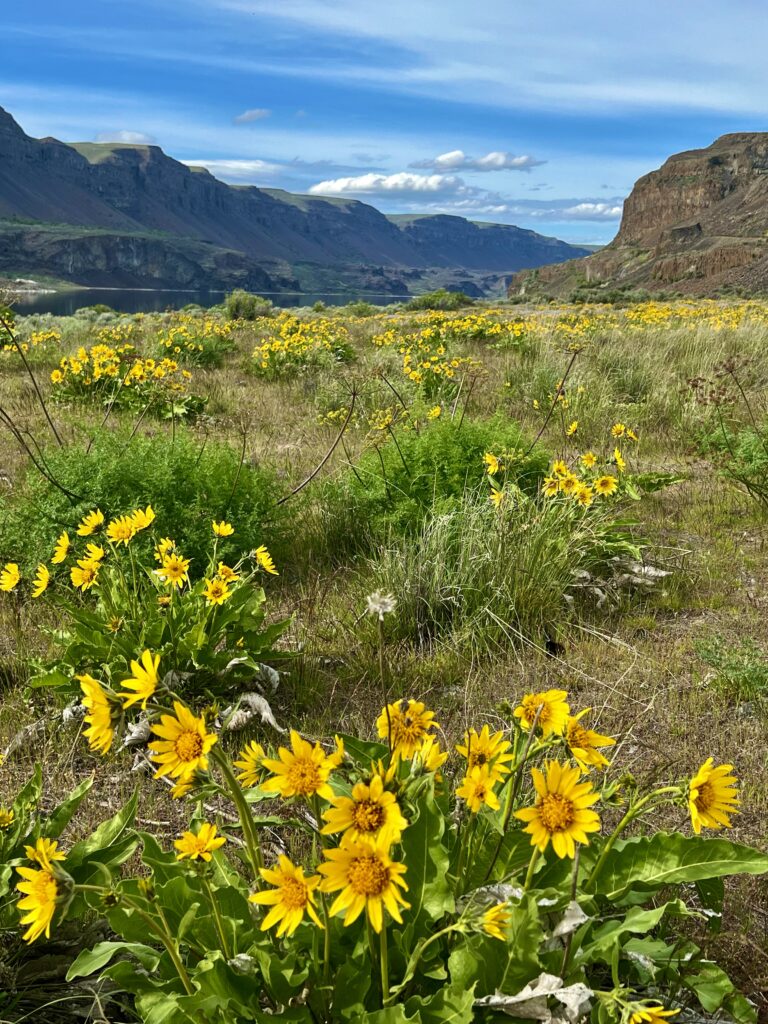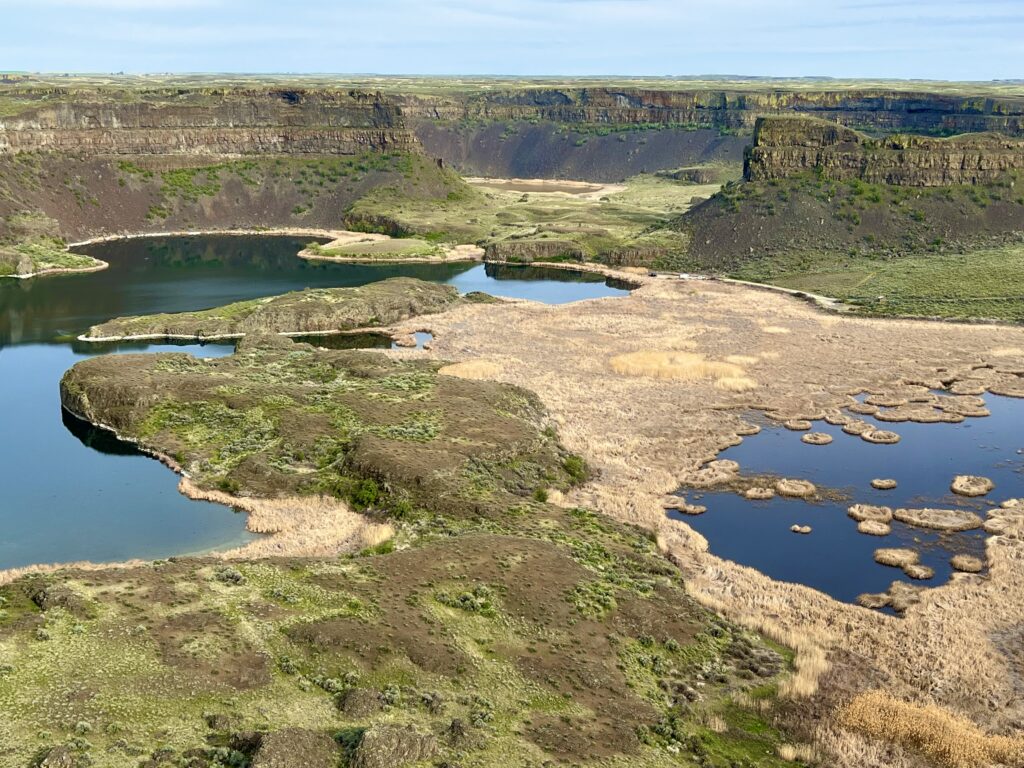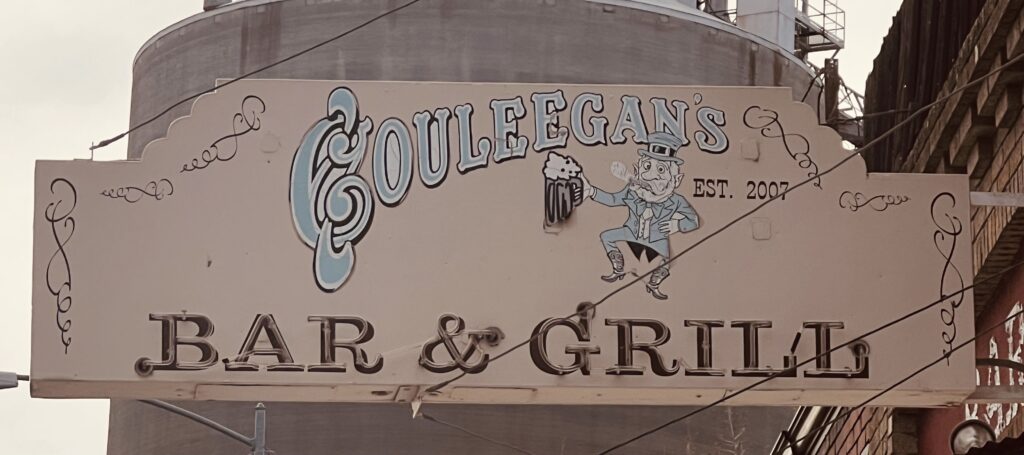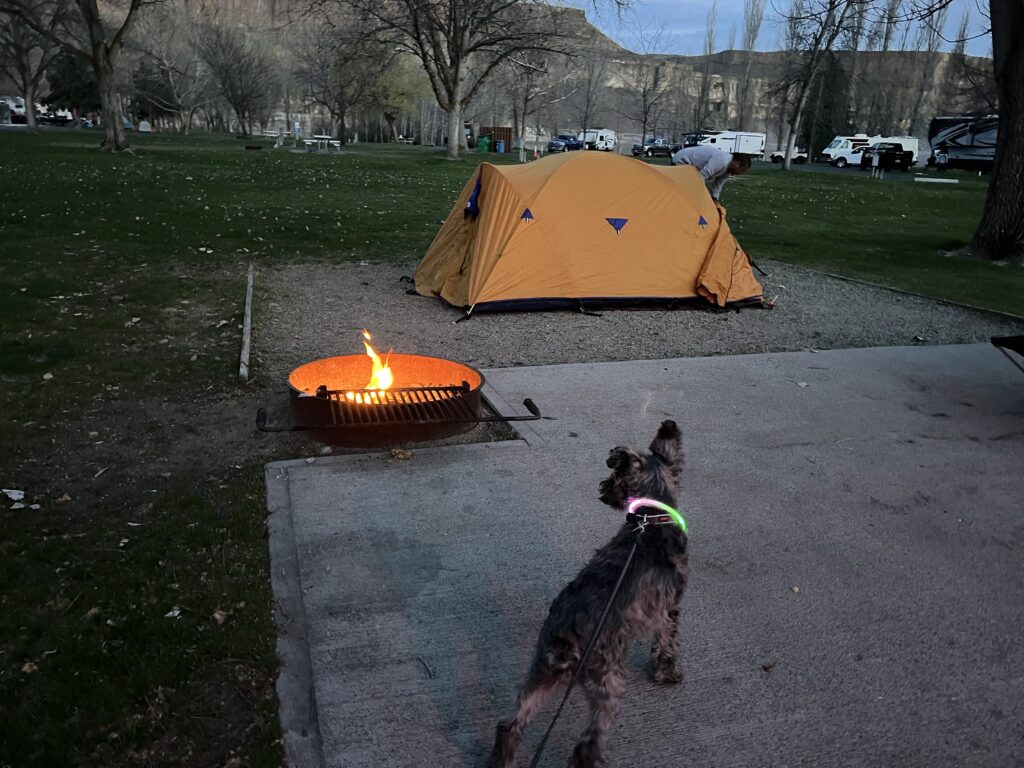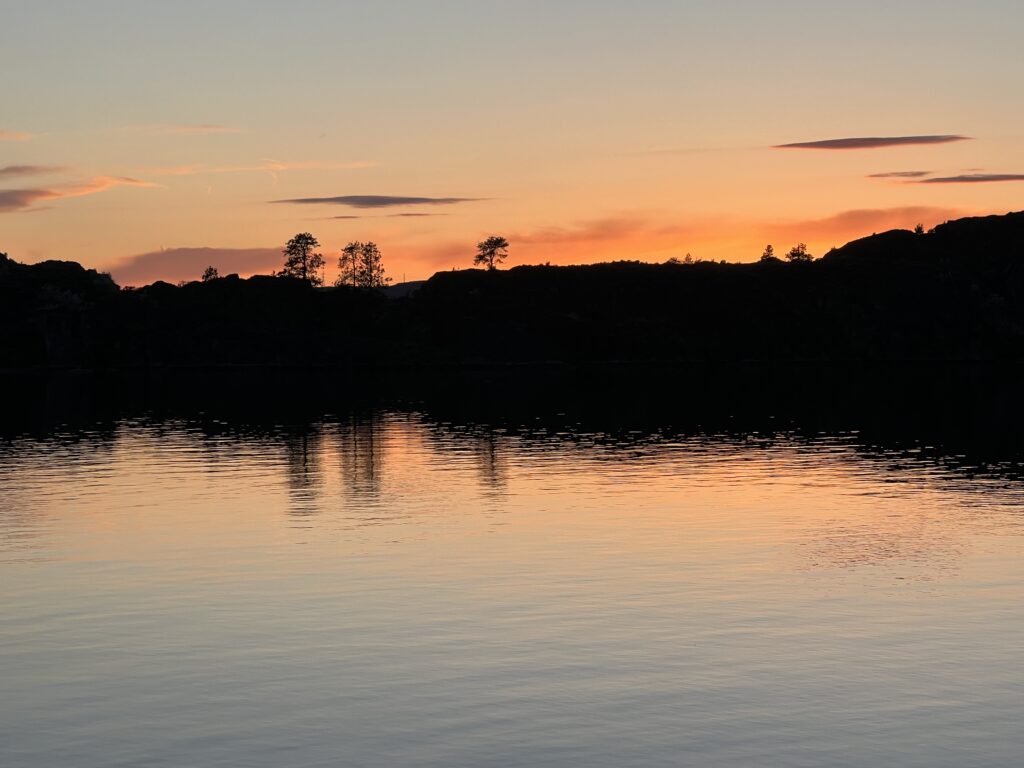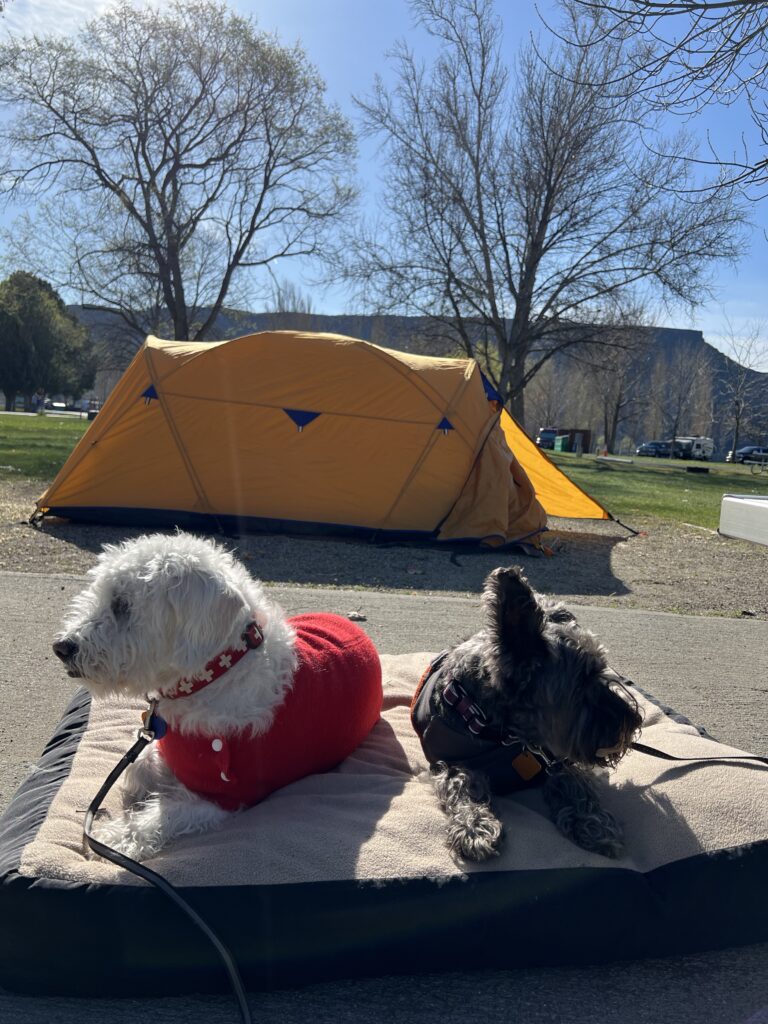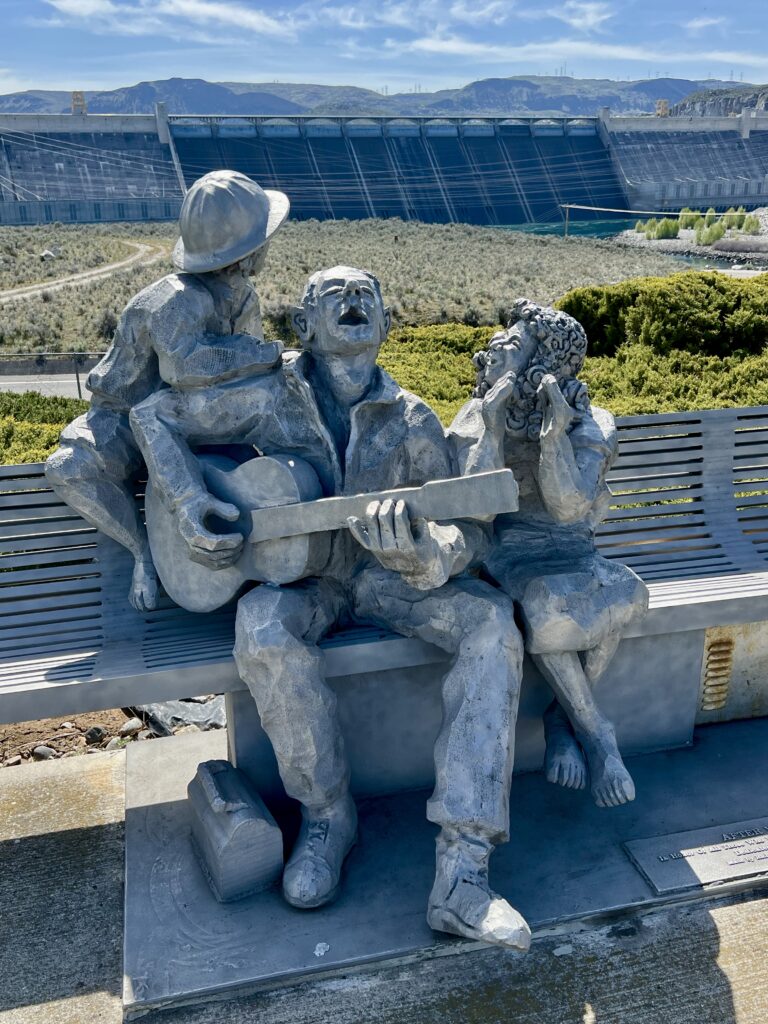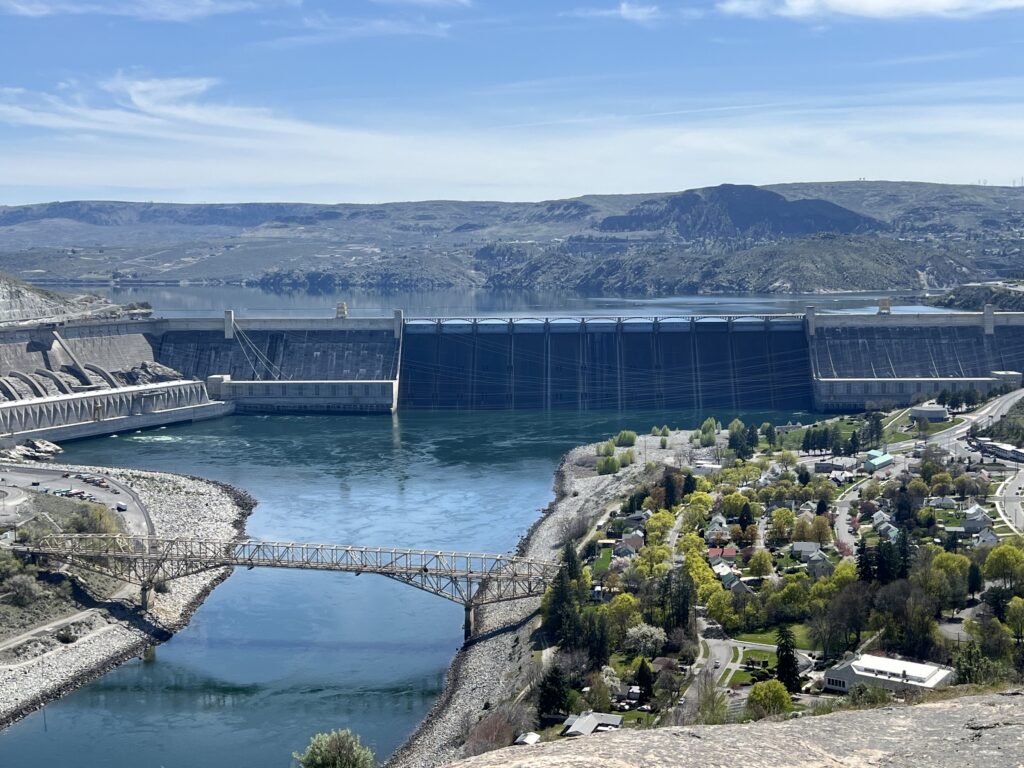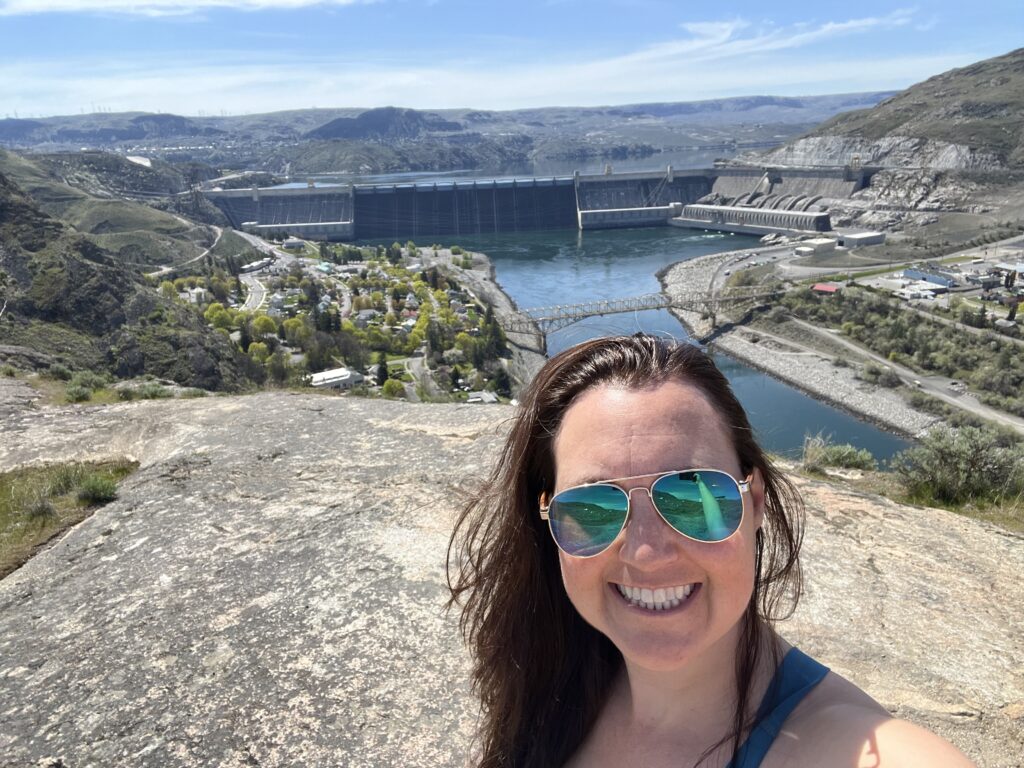In life, there are catastrophic events that change us forever.
Out of nowhere, something breaks away and the forces power into your reality and spill into every aspect of your life. It blindsides you—leaving you physically drained and emotionally raw. For a time, you swim in the swirling currents simply trying to keep your head above water.
It might be a professional roadblock that stops you in your career path unsure of which direction to turn.
Or it could be an accusation out of nowhere that blows you off course and leaves you questioning who you are and what you stand for.
Perhaps it is a personal relationship that implodes leaving you feeling pain and abandonment.
Or the loss of someone important to you that rips a hole in your heart.
In time, the massive wave of destruction passes and you begin to gather your bearings. You take another tentative step forward.
However, the effects of such a catastrophic event etches permanent marks on your life.
Scablands and Coulees
In Washington State, there is an area called the Channeled Scablands. Settlers called the area scablands because it wasn’t suitable for farming. Certain events leave these kinds of desolate scablands in parts of our lives as well.
It turns out that there are fascinating formations in the remnants of scablands.
In the last ice age, part of the Clark Fork River was blocked up by a glacier forming a lake behind it. The lake covered over 3000 square miles. When the ice dam broke, it released a historic mega-flood called the Missoula Floods.
The floods washed away soil and chiseled the underlying basalt forming many flows or channels visible today called coulees.
The scablands are a desolate part of Washington but the geology of the coulees is fascinating and beautiful in its own way. It’s been on my bucket list to explore the coulees in the spring when there are bits of green grass and flowers around the rock formations.
Waypoints in the Coulee Corridor
In an impromptu overnight car camping road trip, J and I set out to drive and explore what is known as the Coulee Corridor.
Our first stop was at Soap Lake. The last in a chain of lakes of the Lower Grand Coulee, it is a mineral rich lake whose foamy water has a soapy feel, and its mud is known for medicinal qualities. The lake has one of the most diverse mineral contents anywhere in the world.
We stopped at a small park along the shore and looked at a huge granite and bronze sculpture “Calling the Healing Waters,” which is labeled the world’s first human figure sundial. The cloud cover blocked a good shadow to tell the time, but the size of the installation is impressive.
As we drove on, we found gorgeous wildflowers in contrast to the scraped rock formations and remaining long skinny lakes. The drive through the coulee was strangely beautiful.
The next stop was the viewpoint at Dry Falls. Currently, a 3.5-mile twisty precipice, it is estimated that the falls were five times the width of Niagara Falls. The lakes below are the remnants of the plunge pool, a depression created by the sheer force of the water tumbling over the cliff.
J commented that it’s like overlooking a mini–Grand Canyon, although there is nothing miniature about these historic falls and coulees. It is an impressive outlook that gives a sense of the expansive power of the floods that carved this rock and landscape.
We stopped for a beverage at Couleegan’s Bar & Grill on the tiny historic main street of Coulee City. The entertaining sign and plain storefront leads into a classic darkened space with a splendid antique wood back bar. Loaded with historic mementos, it is a great place to quench your thirst and meet a few locals.
Coulee Corridor Camping
We enjoyed the early evening light as we continued driving the coulee corridor on Highway 17 before pulling into Steamboat Rock State Park on the shore of Banks Lake.
Whether you are a hiker, water sportsman, or just a camper looking to lounge, this is a fantastic park spread over several thousand acres. It is also a nicely located base camp for visiting Grand Coulee Dam.
Steamboat Rock towers 800 feet above Banks Lake with a trail to the top that rewards the hiker with another expansive viewpoint of the scablands.
Our last-minute trip turned into hilarity as we awkwardly set up camp and discovered missing tent polls and basic camp essentials like batteries for the torches. While we are both experienced campers, neither of us had utilized our camping gear in several years.
We satiated ourselves with a run into Electric City to the grocery store and stopped to enjoy a beautiful sunset over the lake as we returned to camp.
Then we cozied up to a little campfire and told a few stories before snuggling into the tent with the dogs.
Cackling crazy birds woke us in the pre-dawn the next morning, one of the many delightful and annoying joys of tent camping. But as the sun rose, the tent warmed into a golden little sauna teasing us back into a doze.
We enjoyed a leisurely morning at the park before packing the car and driving to Grand Coulee Dam.
Grand Coulee Dam
When I first visited Grand Coulee Dam as a kid, it was the largest concrete dam in the world. Now that distinction goes to the Three Gorges Dam in China which I also had the opportunity to visit shortly after its completion.
Nonetheless, Grand Coulee Dam is a visibly large and daunting structure in the landscape. It is 57 feet short of a mile long, 500 feet thick at its base, and contains three times as much concrete as the Hoover Dam.
The construction and maintenance of dams never lack political controversy. Most discussions around Grand Coulee Dam and others along the Columbia River were focused on providing irrigation to the Columbia Plateau at the cost of salmon, sacred burial grounds, and entire towns.
It was argued that if an ice dam could at one time block up the Columbia River and send water into the Grand Coulee, then man could do it with concrete. Ultimately, the Great Depression turned support towards the project because it provided employment, irrigation, and power generation even as the environmental impact was well acknowledged.
Next to the dam is a well-curated visitors center. Below is a park with a walkway for viewing the dam and the prime location for viewing the laser light show projected on the dam in late summer evenings, which is an audio-visual experience narrating the history of the project and the area.
The township of Coulee Dam sits on both sides of the canyon connected by the Grand Coulee Bridge. It is a large truss bridge which was built to support the construction of the dam. The pedestrian walkway along this bridge provides a direct view of the Grand Coulee Dam and the Columbia River below with an array of educational signage about the history of the bridge and the dam.
Normally, one would feel at quite a vantage point standing on this bridge. In reality, the bridge is dwarfed by the sheer size of the adjacent Grand Coulee Dam.
A short drive up the hill takes you to Crown Point Vista which provides a birds-eye view of the scale of the dam, river, town, bridge, and lake behind the dam. It’s the best spot for photo-capturing the juxtaposition of a historic river and the daily lives of a small town against the massive concrete edifice of man’s engineering.
Do we dam our emotions?
As I gazed over the vista, I reflected on the effect of building a dam both on the landscape and in our own lives.
When a dam gets built, formations and historical artifacts get buried; towns and families get displaced. The construction changes everything about a place.
When we build a dam for our emotions and feelings, we often bury opportunities for growth and change in our lives. We displace people and relationships we care about. A dam changes the health and environment inside of our bodies.
As we reversed our route up Highway 17 and drove along the lakes and rock formations of the Coulee Corridor toward home, I wondered about the scars each of us bears.
We have catastrophes and crises that rush through our lives from time to time and leave their forceful marks. Afterward, we recover with time, and the flowers return and bloom over the striated landscape of our lives.
Then in fear of another flood, we build a giant dam around our hearts and emotions. We block the flow of rebirth and bury the artifacts of our life experiences. Sure, we can build bridges and beautiful parks next to the dam, but the person we are is still altered by the dam.
There’s no perfect answer. Both the landscape and humans adapt. Birds still fly overhead. New lakes form and foliage grows anew.
But I challenge you to become aware of your personal landscape. Are you living in a coulee corridor with emotional precipices? Have you built a large concrete dam to block up your feelings?
You can’t reverse the effects of the past, but you can appreciate the wild geological formations left behind. You can nurture the new growth that develops into a beautiful blooming corridor for your future.
